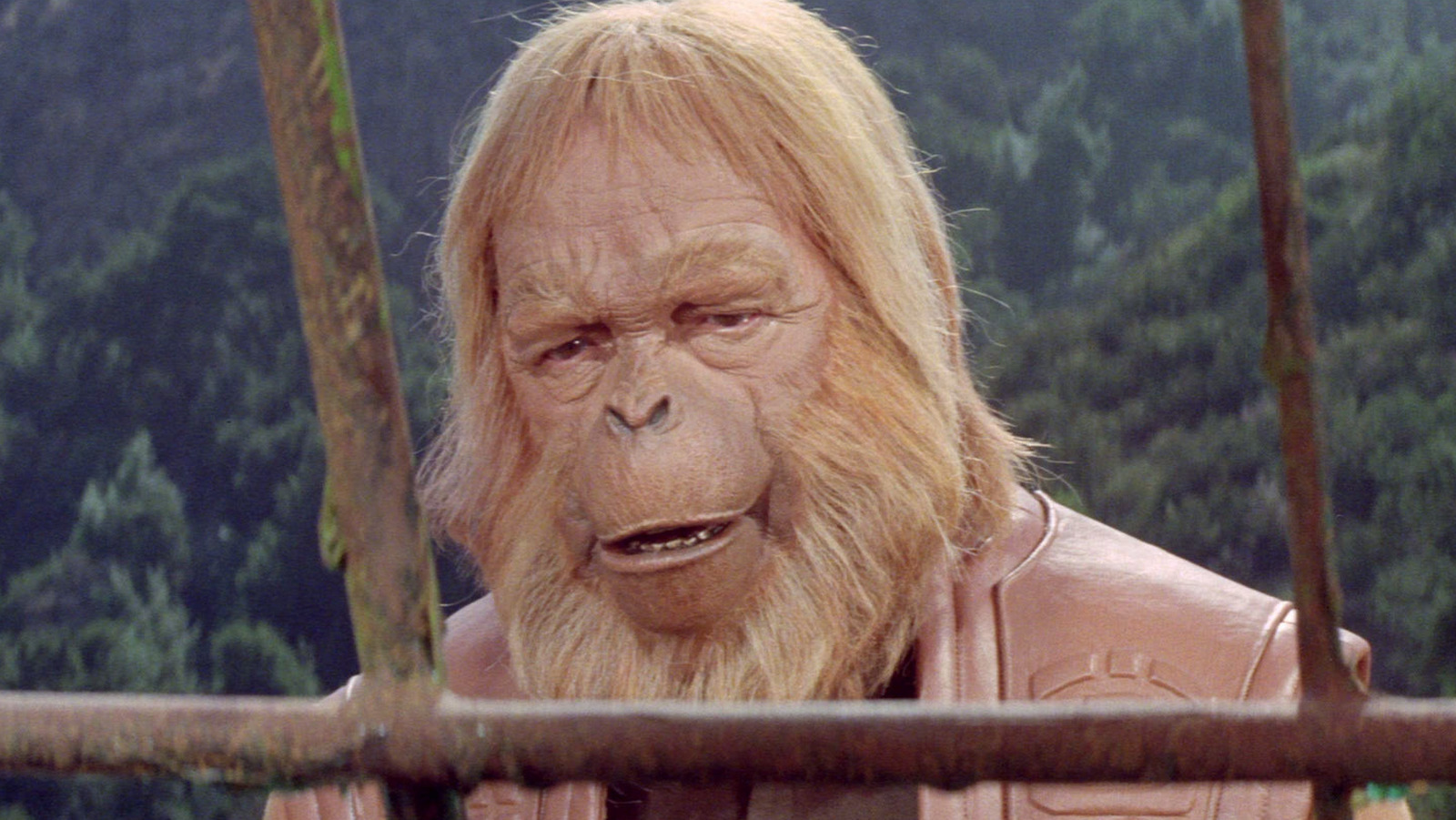There are, as of this writing 10 extant “Apes” movies. In order, they are:
- Franklin J. Schaffner’s “Planet of the Apes” (1968)
- Ted Post’s “Beneath the Planet of the Apes” (1970)
- Don Taylot’s “Escape from the Planet of the Apes” (1971)
- J. Lee Thompson’s “Conquest of the Planet of the Apes” (1972)
- J. Lee Thompson’s “Battle for the Planet of the Apes” (1973)
- Tim Burton’s “Planet of the Apes” (2001)
- Rupert Wyatt’s “Rise of the Planet of the Apes” (2011)
- Matt Reeves’ “Dawn of the Planet of the Apes” (2014)
- Matt Reeves’ “War for the Planet of the Apes” (2017)
- Wes Ball’s “Kingdom of the Planet of the Apes” (2024)
In 1974, there was an in-universe TV series called “Planet of the Apes,” which was set about 900 before the events of the first movie. There was also a non-canonical animated series in 1975 called “Return to the Planet of the Apes” made by the same company that put out “Jonny Quest.”
The “Apes” films released between 1968 and 1973 follow a single (if convoluted) continuity. In “Beneath,” Taylor discovers a tribe of subterranean psychic mutants who worship an unexploded nuclear bomb. Taylor eventually decides to set off the bomb and destroy the world. In “Escape,” it is revealed that three apes escaped the explosion and traveled back in time to the then-present-day Earth. “Escape” also posits that an Ape child will essentially accelerate the rise of Apes on Earth, leading to the events of the first movie. “Conquest” fast-forwards a few decades and finds the Ape child grown up and leading an Ape rebellion. After that, “Battle” fast-forwards another few decades and shows Apes moving into a place of power after a nuclear armageddon.
It’s hardly clean, but it’s entertaining.

